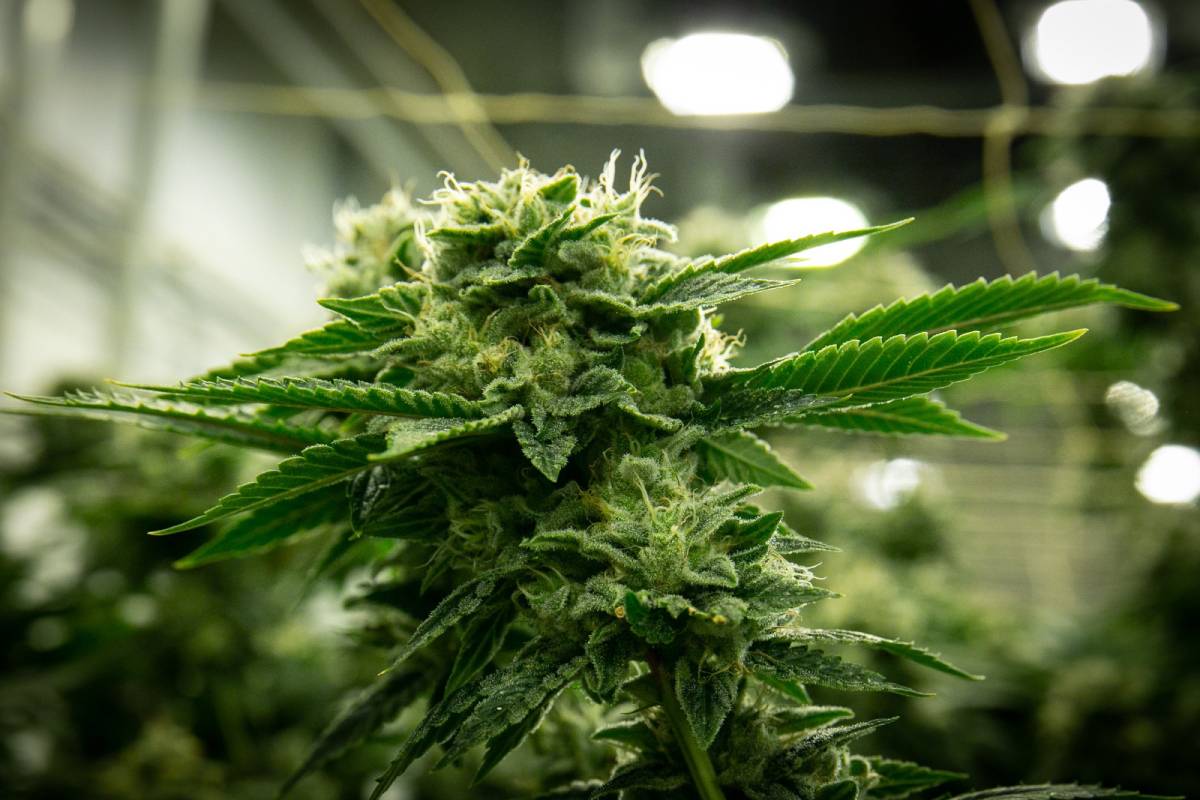
Nearly half of the labels on cannabis plant products recently tested in Colorado misstated the potency, according to a University of Colorado Boulder study published in the journal Scientific Reports.
Researchers found that THC (tetrahydrocannabinol), the psychoactive chemical in marijuana, was regularly inaccurately labeled on the green bud marijuana tested as part of the study — with most of those products with inaccurate labels having significantly less THC than claimed.
Like beer drinkers choosing between a low-alcohol Michelob Ultra and a high-alcohol Belgian beer, cannabis consumers use the potency labels to choose from dozens of strains to achieve the high they want. Inaccurate labels can throw that choice into doubt.
While little is known about what potency levels are safe for consumers, a first step is accurately knowing what’s in the products people are using, according to Greg Giordano, Senior Professional Research Assistant, and one of the authors of the study
“It's important that we have accurate cannabis product labels so people who do that kind of research — looking at risks, potential risks — that they know what’s in the product,” said Giordano.
CU Boulder researchers arranged secret purchases from 52 stores across Colorado from Nov. 2022 to Oct. 2023. A total of 277 different flower and concentrate products were lab-tested by MedPharm Research, a licensed cannabis testing facility. It found that 44 percent of the flower products were inaccurately labeled, meaning a variance of 15 percent or more. Most of the inaccurate labeling inflated THC content. Edibles were not included in this study.
Concentrates, like what is inhaled through a vape pen, were more likely to have accurate labels, but also tended to be lower in potency than what was on the label.
Some in the marijuana industry were skeptical of CU Boulder’s results. Paul Jacobson, the president and co-founder of Rove, a company that sells marijuana products in multiple states, said that different labs can produce different results. And testing marijuana flower is difficult because some buds have higher potency than others. It’s an inexact science.
“I don't think that there is like a nefarious thing going on, where all the farms are doing something to trick the consumer,” said Jacobson. He added that he didn’t view slightly lower potency as a consumer safety issue. “You're smoking high-potency weed regardless.”
Mason Tvert, a spokesperson for the marijuana industry group Colorado Leads, said there is no federal standard for testing labs since marijuana is federally illegal. And consumer preferences may be leading to higher cannabis potency labeling.
“The market tends to be driven by a desire for higher potency. Companies are incentivized to submit for testing the part of the plant that is most likely to have the highest level potency,” said Tvert, who added that it’s better to have the upper level of potency on the label for consumers.
In a statement, Colorado’s Marijuana Enforcement Division said it was reviewing the study, “and look forward to an opportunity to discuss the findings of the study in a public forum with the licensee and other stakeholders in the near future.”
Much of the debate about marijuana safety has been focused on high-potency products, especially their effect on adolescent brain development. While it appears that most marijuana is less potent than advertised, it’s still far stronger than the 8 percent THC cannabis tested in the 1980s.
CU’s study closely mirrors other less formal testing done by advocates. Earlier this year, Justin Singer, a marijuana edibles manufacturer released his own secret shopper testing results for 15 marijuana products. He also found that potency was often overstated.
“This is a much more robust and rigorous study than what we did,” said Singer, who applauded CU for systematically testing hundreds of products.
Singer said the inaccurate potency labeling CU found is another example of how the state-mandated testing system in Colorado doesn’t serve consumers, and may also be missing dangerous contaminants like pesticides and molds.
“Testing inaccuracy is testing inaccuracy like there are so many loopholes written into these rules,” Singer said.
Giordano, the CU researcher, said the study was funded by the Institute of Cannabis Research at Colorado State University-Pueblo. And he said future studies will examine edibles, and look for possible contamination of marijuana products.








